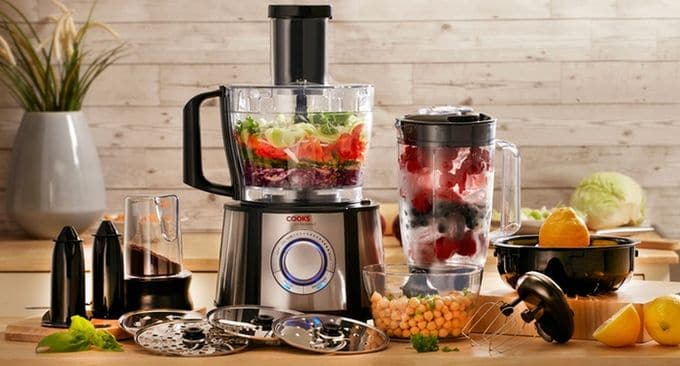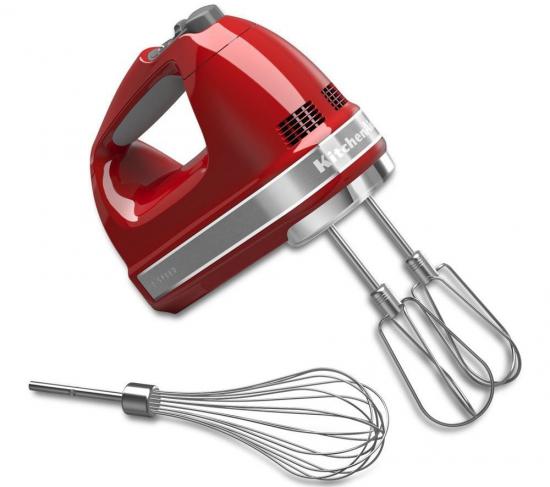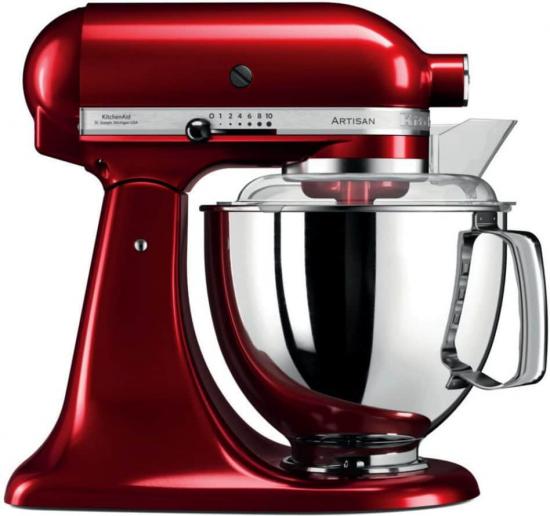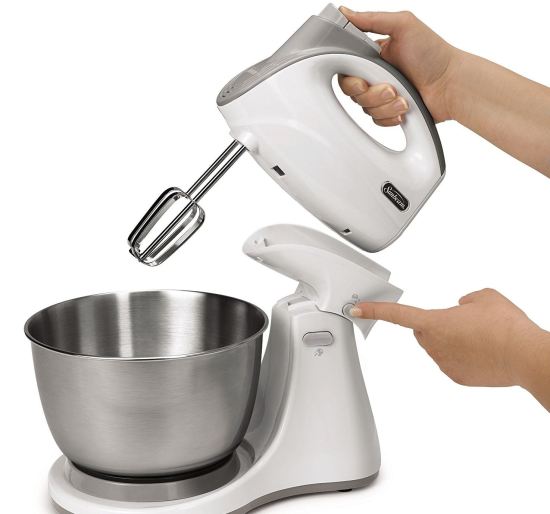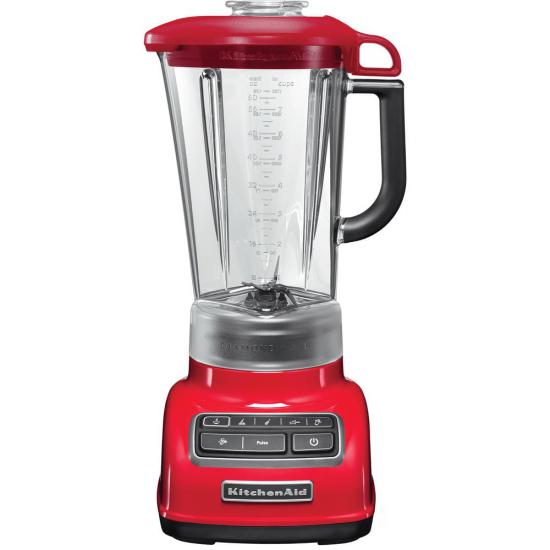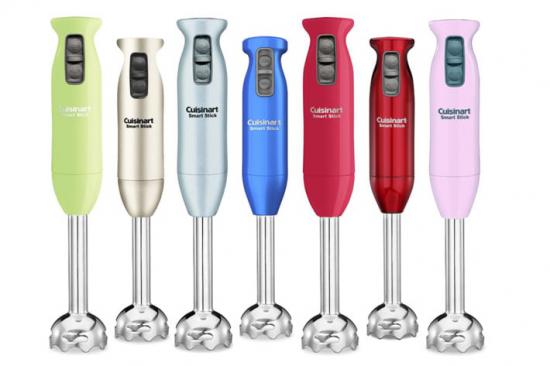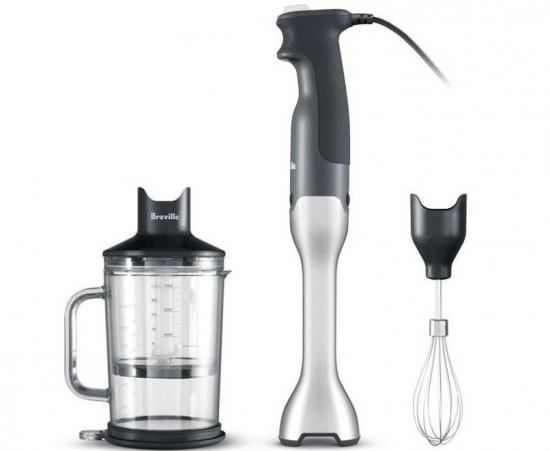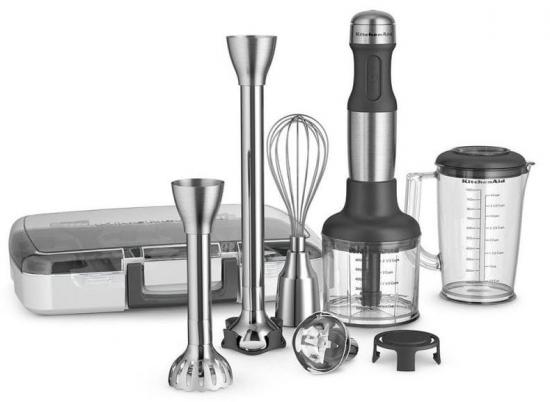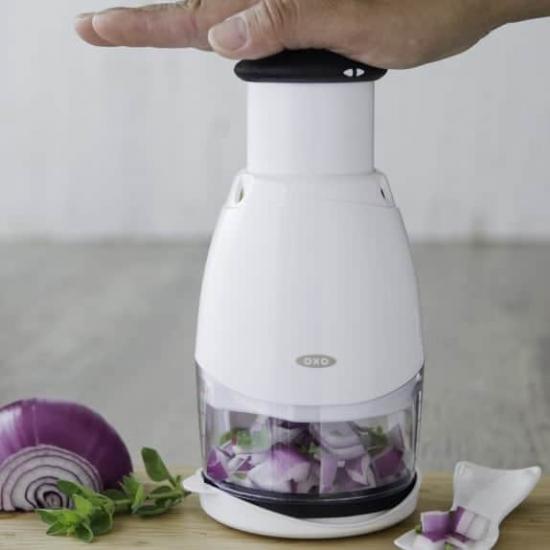As known, food processors became popular in the second half of the last century. Of course, attempts to combine the various functions of kitchen devices were made much earlier. For example, the first such device was developed by American Troy Metal Products company in 1919. But the very high price, the difficulty in servicing and the very large dimensions became an obstacle to its spread. Relatively efficient models at a reasonable price appeared only in the mid-60 and immediately became very popular.
Modern food processors combine the functions of such devices as blender, mixer, meat grinder, etc. Of course, the integration of any devices has its advantages and disadvantages. Usually, a separate device is more efficient. For example, the efficiency of a traditional centrifugal juicer is about 80%. A similar juicer in a food processor provides only about 50%. But the cost of this function in the food processor is much lower compared to a separate model. Additionally, a food processor requires significantly less space that is important for a small kitchen.
The choice of the optimum food processor is mainly dependent on the price, functionality and the main characteristics of food processor.
But classification of modern kitchen appliances has a specific feature. High competition stimulates companies to constantly improve their models, offering new engineering solutions. Therefore, many modern devices often have extended functionality due to various attachments. For example, the differences between a mixer with extended functionality and a traditional food processor are not significant. But, of course, ensuring maximum efficiency of the main function is a priority for engineers and affects the choice of the optimal device.
Food processor
Of course, Food Processor is the most versatile solution. It combines virtually all the standard operation during cooking (cutting and grinding the vegetables and fruits, whipping eggs and cream, kneading dough, juicing, etc).
Functionality depends on the specific model and directly affects its size and cost. Usually, Food Processor has a massive stand for one or more bowls with lid.
It has replaceable nozzles / disks that are rotate by the engine with the help of reducer.
Mixer
This compact device provides whipping and mixing of liquid products and semi-finished products (eggs, cream, dough, cocktails, etc.).
The mixer has an electric motor for rotating one or two attachments. The model functionality depends essentially on the attachments for dough kneading, blender, mini-chopper, etc.
Mixers are divided into hand and stand models.
Hand mixers are more compact, convenient and inexpensive.
Of course, it can mix the foods in any relevant capacity. Uniformity of mixing is achieved with the help of rotational movement wrist. Physical efforts and limited performance are the main drawbacks of these models.
Stand mixer has a base for bowl with attachment for mixing.
Many stand mixers have a removable design. Transforming it into a manual model requires only detaching from the base.
A design sometimes envisages a special toothed contact between bowl and base of mixer that provides additional rotation of the bowl for increase the mixture uniformity. But such models have larger dimensions and higher cost.
Blender
Blenders also have a very compact device. In fact, this is a tall enough jug with curved blades at the bottom.
This device provides mixing the any liquids, cooking a baby food, vegetable or fruit puree. Knives almost instantly mix the ingredients in a homogeneous mass. Additional attachments significantly expand its functionality. Today market offers wide range of immersion and stand models. Stand blender includes a base with an electric motor and a bowl with lid on the base. Blender in food processor has a similar design and is located on a common base of device.
Sharp impeller crushes foods, and traditional whisk mixes cocktails. Today, many prefer immersion blenders because of their convenience, compactness and availability in a wide range of colors.
Such blender has a characteristic spindle shape. These models much slimmer and lighter compared to hand mixer. Grinding or mixing is carried out in any cookware with suitable capacity or in the glass that is included with device.
Most models of medium and upper price segment contain a whisk, a measuring glass with a filter for cooking juices and purees, closable bowl with knives for grinding meat products (cooking a mince, pate) or fillings for desserts (nuts, dried fruit) and for preparation of various mousses or cocktails.
Food chopper
Food chopper in many ways duplicates the functions of a food processor or blender with the relevant nozzles. For example, it provides quick crushing a foods (cheese, nuts, etc) and preparation of small-volume a mashed potatoes, sauce or puree of vegetables and fruit.
The device contains a bowl (usually about 1 liter) of plastic or glass with the block of electric motor and attachments for crushing and mixing. The engine is usually located at the top.
In addition, the bowl can be used for heating, for example, in a microwave. Kit usually contains a knife, emulsion nozzle and several graters.
Food chopper differs from a food processor without built-in blender by a smaller number of attachments and functions. Usually it does not provide the addition of products without opening the bowl lid.
Of course, the compactness, speed and usability are the main pros of these devices. Besides, some models uses battery that significantly extends their capabilities, but increases the weight and cost of device and limits its power. Therefore, most models use an electrical network.
Conclusion.
Of course, food processor well suited for a large family. Blender and mixer with additional attachments are optimal for cooking the small portions. Chopper is convenient for preparation of dietary dishes.
Working with a hand chopper perfectly illustrated in this video.
